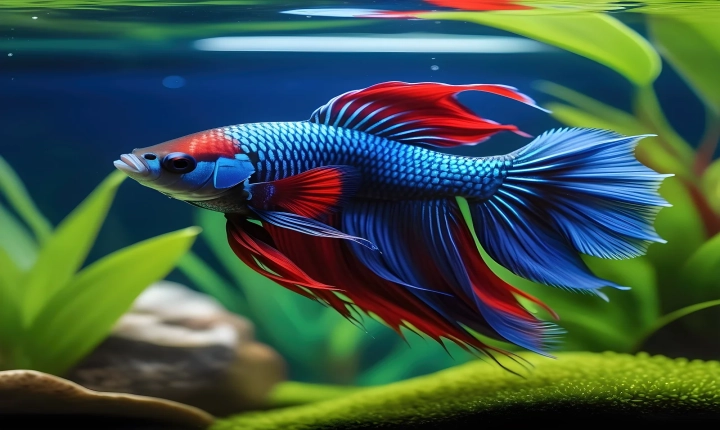Title: A Guide to Using ChatGPT for Content Writing
As the demand for high-quality written content continues to rise, content creators are constantly seeking new ways to streamline their writing processes. ChatGPT, developed by OpenAI, has emerged as a powerful tool for content writing, providing a wide range of capabilities to aid in generating engaging and informative content. In this article, we will explore the various ways in which ChatGPT can be effectively utilized for content writing.
Understanding ChatGPT
ChatGPT is a state-of-the-art language model that uses machine learning to understand and generate human-like text. Based on the GPT-3 architecture, this model has been trained on a diverse range of internet text and is capable of understanding and responding to natural language input. It can be used to generate a variety of content, including articles, blog posts, product descriptions, and more.
Tips for Using ChatGPT for Content Writing
1. Research and Planning: Before utilizing ChatGPT, it’s essential to conduct thorough research and outline the key points you want to cover in your content. This will provide a clear direction for the AI to follow and ensure that the generated content aligns with your objectives.
2. Providing Specific Prompt: When using ChatGPT, providing a specific and detailed prompt can significantly improve the quality of the generated content. Clearly outline the topic, key points, and any specific requirements to guide the AI in producing relevant and coherent content.
3. Refining and Editing: While ChatGPT can generate content efficiently, it’s important to review and refine the output to ensure it meets your standards. Editing the generated content for structure, coherence, and tone will add a personal touch and enhance the overall quality of the final piece.
4. Customizing Responses: ChatGPT allows users to customize the responses by incorporating their unique style and voice into the content. By training the model with specific examples of your writing style, you can tailor the output to closely reflect your brand’s tone and personality.
5. Fact-Checking: It’s crucial to fact-check the information provided by ChatGPT, especially when creating content with specific details or statistics. While the AI is proficient in generating text, verifying the accuracy of the information is essential to maintaining credibility.
6. Leveraging Templates: ChatGPT can be used to generate templates for various types of content, such as emails, social media posts, or website copy. By providing specific details, the AI can quickly draft a template that can be further refined and customized as needed.
Best Practices for Using ChatGPT
– Utilize ChatGPT as a writing assistant to brainstorm ideas, overcome writer’s block, and enhance content creation efficiency.
– Combine the strengths of ChatGPT with your own expertise to create well-informed and compelling content.
– Experiment with different prompts, styles, and input formats to leverage the full potential of the AI for content generation.
– Regularly update and refine the training data to continuously improve the quality and relevance of the generated content.
– Keep the generated content aligned with your brand’s messaging, values, and audience preferences to maintain consistency and authenticity.
In conclusion, ChatGPT offers content creators a valuable tool for generating high-quality written content across various formats and topics. By following the tips and best practices outlined in this guide, writers can effectively harness the power of ChatGPT to optimize their content creation process and deliver engaging and impactful content to their audiences.
